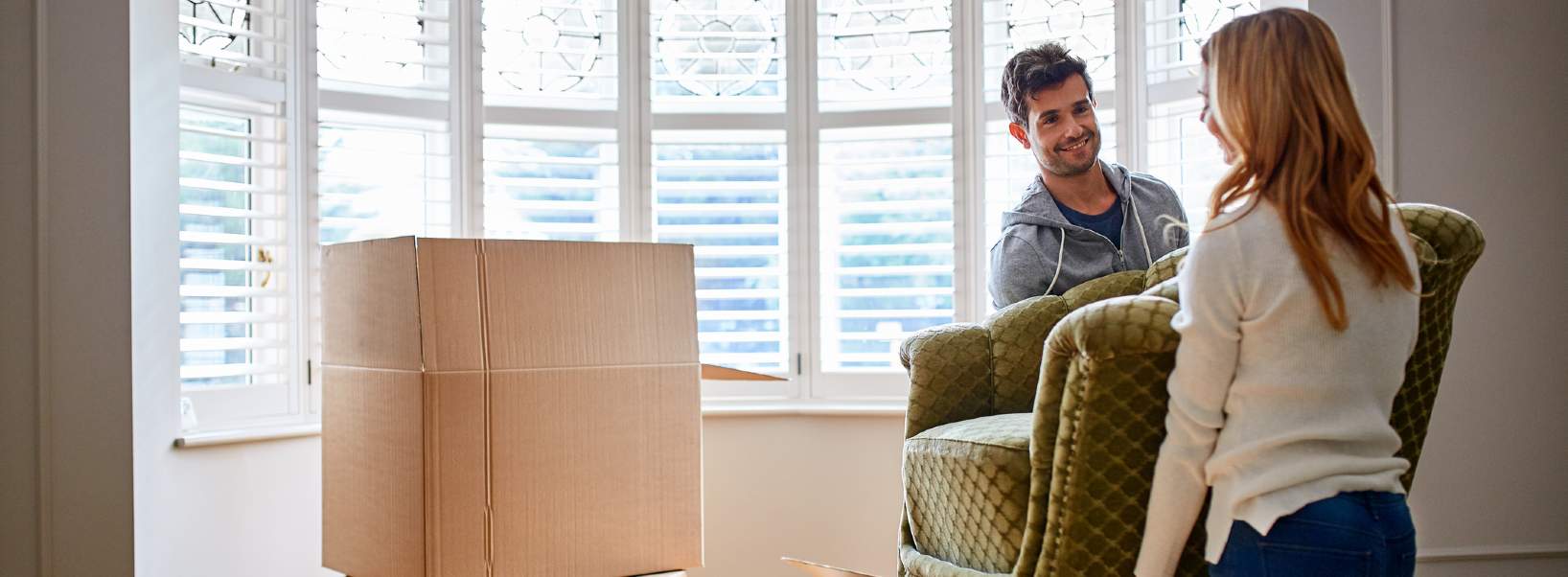A shifting economic landscape has made it increasingly difficult for potential buyers to decide if and when to take the plunge. This is especially true in areas of stretched affordability like London. While first-time buyer (FTB) numbers have remained much more resilient in the first half of 2023 than we previously anticipated, the hikes to interest rates and wider cost of living pressures have taken their toll. What do housing options look like in this context?
Size of deposit is key
The most suitable option will greatly depend on personal circumstances and housing need. For would-be buyers in London, the key barrier is getting a deposit together. The average FTB deposit in the capital currently stands at 35 per cent of the property value, compared to the UK figure of 25 per cent. This is accompanied by higher capital values, which meant that in the first half of 2023 the average FTB deposit was over £105,000 more than in the wider UK. Those lucky enough to call on the Bank of Mum and Dad have a significant advantage.
Buying vs renting
We can calculate the monthly savings for a typical FTB, with an average property in London of £500,000, deposit of 35 per cent, on a 30-year mortgage term and rate of a five-year fix at 5.27 per cent. This would amount to monthly mortgage costs of around £1,800. In contrast, the average rent in Q2 2023 for a two bedroom flat in London was over £2,050, according to Rightmove, a difference of more than £250. Buyers can also improve monthly affordability by extending their mortgage term. Increasing this to 33 years would reduce monthly mortgage costs by a further £60.


(2).jpg)
.jpg)
.jpg)




.jpg)
.jpg)